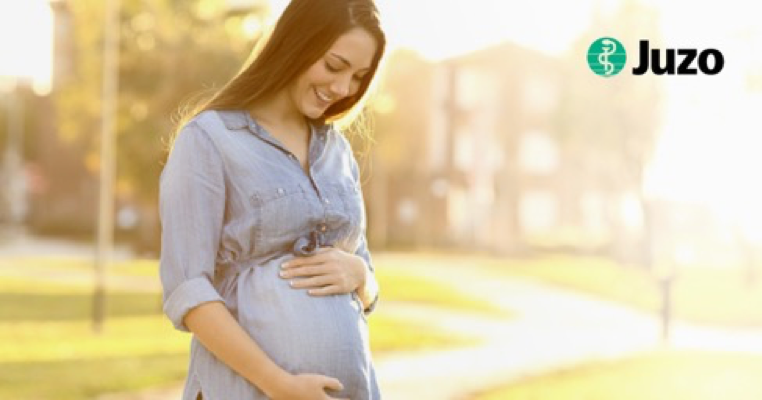During and after pregnancy, mothers can experience varicose veins (J Krysa et al, 2012; N de Barros Junior et al, 2010), venous thromboembolisms (VTE) (Dr P DiMuzio; 2018), deep vein thrombosis (DVT) (S M Bates et al, 2016), lower leg oedema (K Ochalek et al; 2017) and leg fatigue.
Varicose veins can form due to numerous risk factors including genetics (J Krysa et al, 2012) and number of pregnancies (N de Barros Junior et al, 2010). With the increase in hormone levels and fluid retention to carry nutrients and oxygen to the baby vein walls sometimes become full and stretch. These can be small or large veins and can sometimes relate to the heaviness and aching mothers experience when on their feet for long periods of time.
DVTs and blood clots are less common but are very serious, DVTs is a blood clot (thrombus) that is formed in the deep vein, though these can also occur anywhere in the body it usually forms in the leg. if the blood clot breaks loose and travels to the lungs it is called a pulmonary embolism (PE) which can be fatal. If you experience any symptoms such as pain or discomfort in the leg, shortness of breath or rapid heartbeat, contact a medical professional immediately.
Management of varicose veins during pregnancy includes regular exercise (K Ochalek et al; 2017), healthy diet, elevating feet and legs above the level of the heart (particularly if you have been on your feet all day) and avoiding sit or standing for long periods at a time.
Graduated compression garments help prevent and treat varicose veins, venous thrombosis and lower limb oedema (S M Bates et al, 2016; K Ochalek et al; 2017), by providing external support to the vein walls and improving blood circulation in the legs and preventing fluid from accumulating. Medical grade graduated compression garments are measured for; meaning that leg circumference and length measurements are taken to correctly size and fit a garment, allowing a proper gradient of compression (being firmest at the feet and gradually less up the leg) whilst also managing leg swelling and fatigue.
If you are unsure whether compression therapy is right for you, talk to your medical professional (GP, midwife,OB/GYN) to evaluate your symptoms.
References:
J Krysa, G T Jones, A M van Rij (2012) Evidence for a genetic role in varicose veins and chronic venous insufficiency, Otago, Phlebology; 27:329-335
N de Barros junior, M Del Camren Janeiro Perez, J Eduardo de Amorim, F Miranda Junior (2010) Pregnancy and lower limb varicose veins: prevalence and risk factors, J Vasc Bras; 9 (2) 29-35
Dr P DiMuzio, JVS (2018) Know the danger signs of CVI and VTE in pregnant patients, Society for Vascular Surgery; https://vascular.org/news-advocacy/know-danger-signs-cvi-and-vte-pregnant-patients (Accessed 20.6.19)
S M Bates, S Middeldorp, M Rodger, A H James, I Greer (2016) Guidance for the treatment and prevention of obstetric-associated venous thromboembolism, J Thromb Thrombolysis; 41:92-128
K Ochalek PT PhD, K Pacyga PT, M Curylo PT PhD, A Frydrych-Szymonik PT, Z Szygula MD PhD (2017), Risk factors related to lower limb edema, compression and physical activity during pregnancy: A retrospective study. Lymphatic Research and Biology: 15 (2) 166-171

